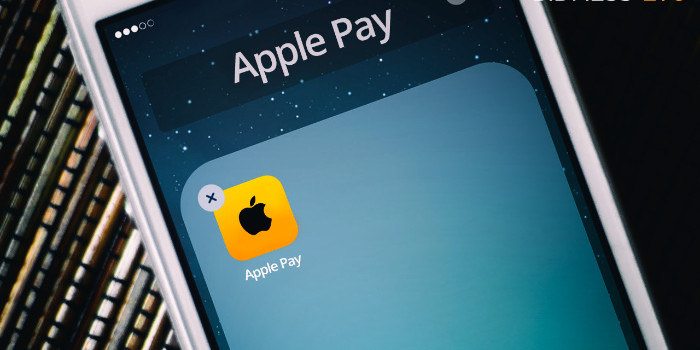As more people use their smartphones to purchase items online and in stores, thieves have started searching for ways to steal credit card information from mobile devices. Don’t let that scare you away from using the latest payment options. You just have to learn how to protect the credit card information on your phone.
Start by following these four tips. They can’t guarantee your safety, but they can give you a much greater level of protection.
Only Download Apps From Trustworthy Sites
You don’t have to get all of your apps from official stores. Websites can also make them available for download. Using those sites, however, increases the risk that you will unintentionally add malware to your smartphone. The app may seem to work as advertised, but it could run a secret script in the background to spy on you and gather sensitive information such as your credit card numbers and account passwords.
Apple lowers the risk of downloading dangerous apps by reviewing submissions before placing them on the App Store. If you get apps from unofficial stores, there is a greater chance that you could infect your phone.
Buy a Smartphone That’s Resistant to Hacks

Image via Flickr by iphonedigital
The phone you use can either protect you from hackers or leave you open to their attacks. Make no mistake; some devices offer more protection than others. The iPhone 6s from T-Mobile has built-in security that makes it more difficult for hackers to access your data. Plus, you can count on T-Mobile’s network to keep you safe.
The iPhone is noted as one of the most hack-resistant smartphones because it has better permissions and privacy controls. Instead of automatically giving apps permission to use your phone’s features, the iPhone requires you to grant permission. Apple also has a reputation for releasing timely security updates that remove vulnerabilities from the iPhone. As soon as Apple learns about a hacking technique, the company patches the problem so criminals can’t exploit it.
Use a Different Password for Each of Your Accounts
Apple does a good job protecting iPhone users from security threats, but it’s still possible that you could download dangerous files. The risk is low, but it could happen. Using a different password for each of your accounts will make it harder for hackers to steal your information after they manage to get through Apple’s security.
Using different passwords is similar to hiding money in different locations. Hackers might find one of your credit card numbers, but that doesn’t mean they will find your other accounts.
It also helps to use random passwords that don’t have any relevance to your life. Hackers often use software to break into your accounts, but it has limitations. Many of their programs, for instance, are designed to try every word in the dictionary to enter your accounts. If your password is a random string of numbers and letters, the hacker’s software might never figure it out.
Don’t Connect to Public Networks
It’s tempting to connect to public networks so you don’t have to use so much of your plan’s data. Public networks, however, leave you vulnerable to thieves who want to steal your private information. Even a novice hacker can learn how to snoop on people using a public network. The chances are that your neighborhood barista doesn’t know much about network security, so you can’t trust the connection to protect your privacy.
Some thieves even create fraudulent hot spots to steal credit card numbers and other types of personal info. This doesn’t require any special skills. The person simply uses a computer to create a hot spot, gives it an appealing name that resembles the legitimate public network, and watches your information pass through the computer after you connect.
Keeping credit card information on your smartphone is a convenient way to pay for your purchases. If you’re not careful, though, it can give thieves access to your info. As long as you follow these rules, you can feel confident that you have significantly more protection than the average person.

